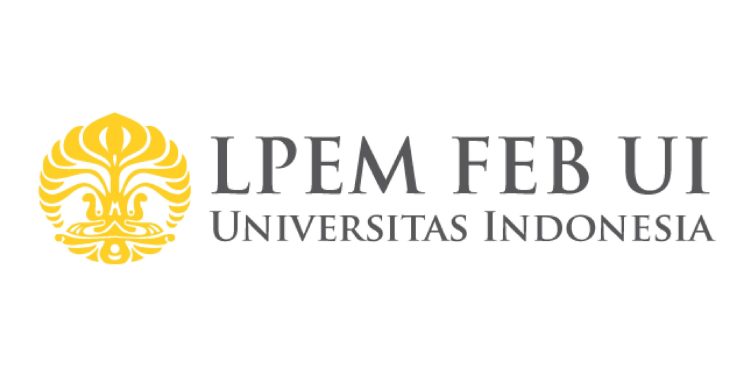Jakarta – The Institute for Economic and Social Research (LPEM) at the Faculty of Economics and Business, University of Indonesia (FEB UI) has issued a strong warning regarding the effectiveness of the Wage Subsidy Assistance (BSU) disbursed again by the government for the June-July 2025 period. According to LPEM FEB UI, the current nominal amount of BSU will not be able to maintain the purchasing power of working communities.
In their latest study, “Wage Subsidy Assistance (BSU) After Five Years: Is It Still Relevant? What Should Be Its Future?” published in the June 2025 edition of the Labor Market Brief, it was revealed that the real value of the BSU continues to decline and does not align with the annual increase in the cost of living.
“From a real value perspective, the amount of BSU benefits shows a downward trend that does not align with the increase in the cost of living,” quoted from the study written by Muhammad Hanri and Nia Kurnia Sholihah, on Monday (June 16, 2025).
LPEM FEB UI highlighted that the BSU value has not changed since it was first rolled out during the Covid-19 pandemic in 2020. In the first wave (2020), recipients received Rp600,000 per month for four months (total Rp2.4 million). However, in 2025, the benefit amount provided is only Rp300,000 per month for two months (total Rp600,000).
Purchasing Power Eroded by Cumulative Inflation
The decline in the real value of BSU is further exacerbated by continuous inflation over the past five years. Consumer Price Index (CPI) data from the Central Statistics Agency (BPS) shows year-to-date (ytd) inflation of 1.68% in 2020, 1.87% in 2021, surging to 5.51% in 2022, then 2.61% in 2023, and 1.57% in 2024.
“During the same period, cumulative inflation, stemming from both domestic inflation and global price pressures, has significantly reduced the real purchasing power of BSU benefits,” stated the LPEM FEB UI report.
Without an automatic adjustment mechanism or indexation to inflation or minimum wages, LPEM FEB UI views the effectiveness of BSU in maintaining recipients’ purchasing power as increasingly eroded.
Uniform Nominal Ignores Regional Cost of Living Realities
In addition to the issue of real value, LPEM FEB UI also criticized the design of BSU implementation, which applies a uniform nominal nationally without considering variations in the cost of living between regions. Since its four waves of implementation, the BSU has always been set at the same absolute figure, namely Rp600,000 per recipient, regardless of where the worker lives and works.
However, the reality of living costs in Indonesia shows significant disparities. For example, the Provincial Minimum Wage (UMP) in DKI Jakarta for 2025 has reached more than Rp5 million per month, while in several provinces in eastern Indonesia, the UMP is still around Rp2.5-3 million. This difference reflects varying cost of living structures, from food prices, housing, and transportation to other basic needs.
“In big cities like Jakarta, Surabaya, Medan, or Batam, the cost of living burden for low-wage workers is much heavier, so the uniform aid nominal received by workers in these cities has a much smaller real impact compared to areas with lower living costs,” explained LPEM FEB UI.
The phenomenon of urban poverty premium further reinforces the argument that the uniform BSU scheme is less responsive to local socio-economic contexts. Poverty lines in urban areas tend to be higher than in rural areas, but the BSU scheme has not explicitly adopted a regional-based or cost-of-living index-based approach.
“The uniform provision of BSU can also contribute to a perception of injustice between regions,” wrote the LPEM FEB UI Social Protection and Labor Study team.
Workers in big cities may feel that the assistance they receive is insufficient to cover rising prices of basic necessities, while in low-cost-of-living areas, the same nominal amount might have a relatively larger impact, but not always accompanied by a proportional adjustment in the number of recipients.
LPEM FEB UI’s Recommendation: A Regionally Adaptive BSU Scheme
Given these issues, LPEM FEB UI believes there is significant room for refining the BSU design to be more adaptive to regional variations. One suggested option is to implement a zoning-based aid scheme based on the cost of living, referencing the Construction Cost Index (IKK) or Cost of Living Index (IKH) which are regularly published by BPS.
Another alternative is to link the amount of assistance to a certain percentage of the UMP/UMK in each recipient region, allowing for automatic annual adjustments in line with changes in the minimum wage structure.
“These options not only increase the sense of fairness between regions but also strengthen the effectiveness of BSU as a social protection instrument that is more sensitive to local economic conditions,” concluded LPEM FEB UI in its study.









